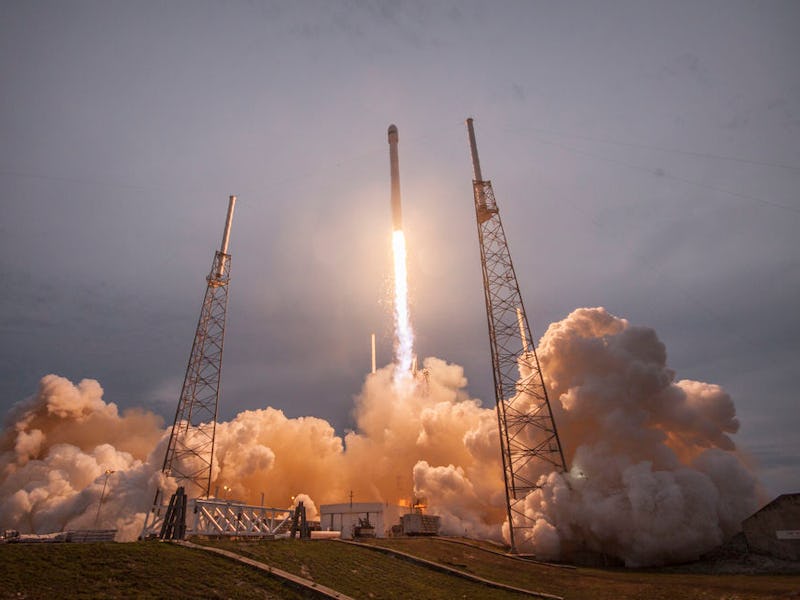SpaceX and NASA TESS Launch: When It Starts and How to Watch
The hunt for planets begins.

Elon Musk doesn’t shy away from comparing space to the Wild West, and sometimes his space missions sound like they’ve been pulled from the pages of a John Wayne script. On Monday, SpaceX will launch NASA’s Transiting Exoplanet Survey Satellite (TESS) for what is being called a “planet-hunting” mission.
NASA held three live briefings on Sunday to explain the ways in which TESS will be different from its planet-hunting predecessor, Kepler. TESS is expected to catalog thousands of potential planets and vastly increase the number of known exoplanets, or planets that orbit stars other than the sun.
TESS at the Kennedy Space Center in Florida
At the first briefing on Sunday, Jesse Christiansen, staff scientist with the NASA Exoplanet Science Institute at Caltech, explained TESS’s three-pronged approach of exoplanet detection, characterization, and evidence of biosignatures. Christiansen, as well as the eight other scientists and representatives who spoke at the briefing, all stressed the diversity of the exoplanets, many of which hold traits that have not been seen before. Some exoplanets are between the size of Earth and Neptune, placing them in a new size category. These planets can vary in types of atmosphere and can be made of ice, rock, gas, or even something new. Christiansen said she wouldn’t rule out the existence of a “water planet,” driving home the notion that the possibilities are endless for this planet-hunting mission.
TESS will be using cameras with 16.4-megapixel imaging units which can cover 24-degree segments of the sky at once. The satellite will spend 13.7-day orbits observing a segment before moving on to the next segment. When finished, its expected to have checked 85 percent of the visible sky on its planet-hunting mission. That data will then be sent to NASA and MIT for careful vetting, which, according to TESS scientist Elisa Quintana, will be the biggest hurdle in discerning stars from planets and assessing their characteristics. This will also be the time when researchers identify which of these planets, if any, have the capacity to harbor life.
TESS is scheduled to launch aboard the SpaceX Falcon 9 rocket on April 16 at 6:32 p.m. Eastern. Launch coverage will begin at 6 p.m. Eastern on NASA’s website and will be hosted live from the Space Launch Complex 40 at Cape Canaveral Air Force Station, Florida.
Launching this planet hunter is considered a huge step towards making mankind multi-planetary, but SpaceX is already considering ways to use Falcon 9 again in the future. At the briefing, Hans Koenigsmann, Vice President of Build and Flight Reliability at SpaceX, shared the company’s plans to refurbish and reuse the rocket for a CRS mission.